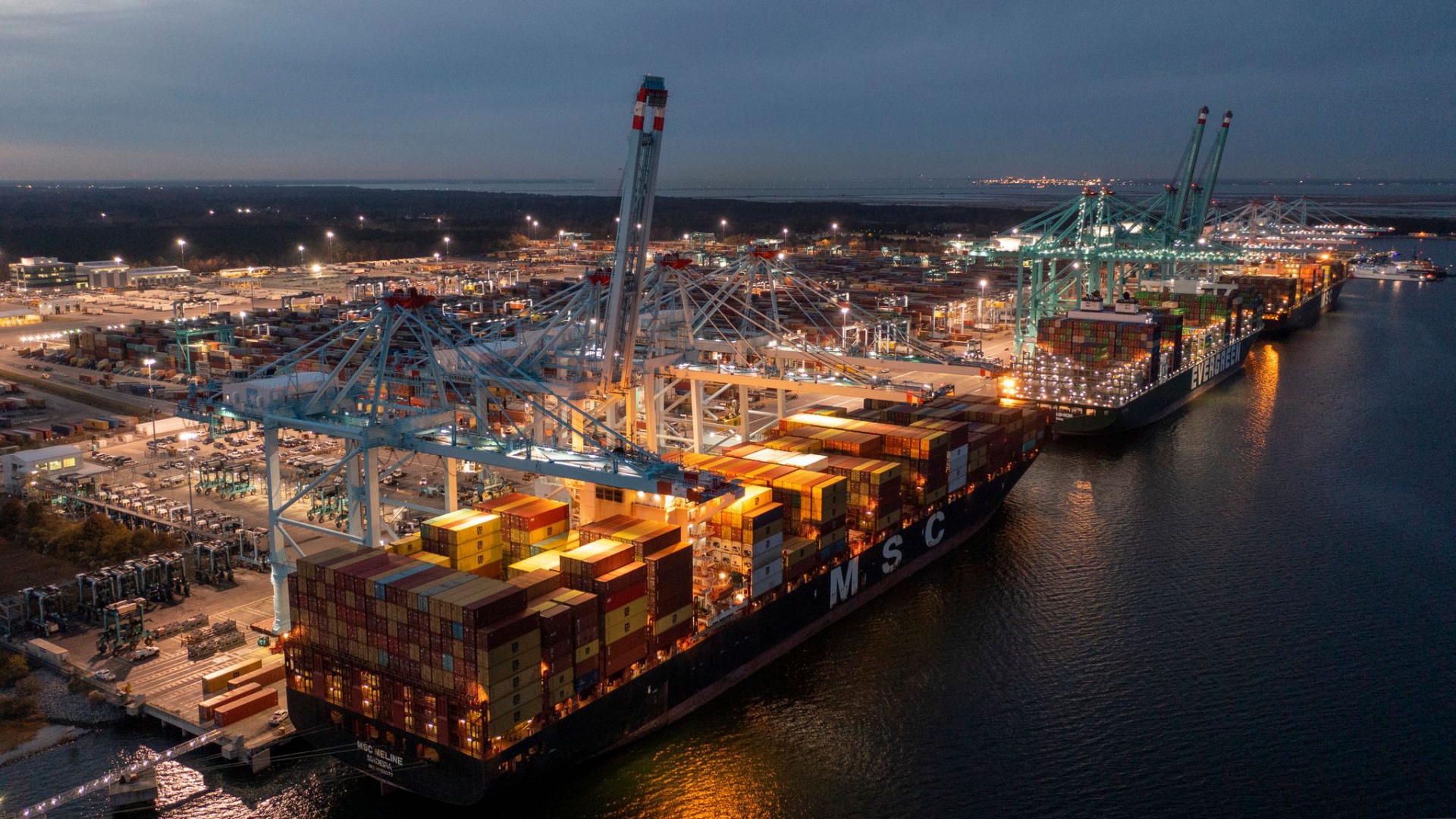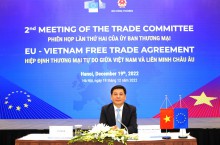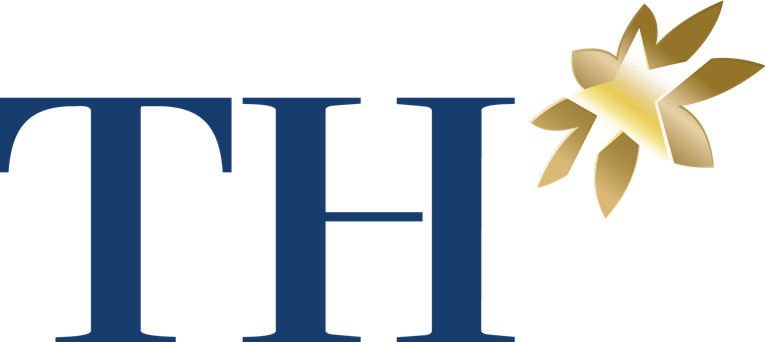The News
UKVFTA's main commitment in Technical Barriers to Trade
With the objective of facilitating and enhancing bilateral trade by preventing and minimizing unnecessary technical barriers to trade, and strengthening cooperation, the Technical Barriers to Trade (TBT) Chapter includes basic regulations related to standards, technical regulations, conformity assessment processes, cooperation, consultations, etc., similar to the WTO TBT Agreement and other FTAs.
With the objective of facilitating and enhancing bilateral trade by preventing and minimizing unnecessary technical barriers to trade, and strengthening cooperation, the Technical Barriers to Trade (TBT) Chapter includes basic regulations related to standards, technical regulations, conformity assessment processes, cooperation, consultations, etc., similar to the WTO TBT Agreement and other FTAs.
1. Overview of TBT commitments in UKVFTA
With the objective of facilitating and enhancing bilateral trade by preventing and minimizing unnecessary technical barriers to trade, and strengthening cooperation, the Technical Barriers to Trade (TBT) Chapter includes basic regulations related to standards, technical regulations, conformity assessment processes, cooperation, consultations, etc., similar to the WTO TBT Agreement and other FTAs.
However, this Chapter also makes some exceptions to the technical provisions of procurement developed by a Government agency to serve its production and consumption requirements or the SPS measures set out in Appendix A (Definitions) of the WTO SPS Agreement. The SPS Agreement provides that this Agreement shall not affect the rights of WTO Members under the Agreement in relation to measures not covered by the SPS Agreement.
In addition, the TBT Chapter includes new provisions (which are not in other FTAs) such as post-inspection, marking and labeling. This chapter also incorporates or refers the contents of the WTO TBT Agreement with appropriate amendments.

2. Key commitments
2.1. Technical regulations
The two sides committed to maximize good management practices, namely evaluating management and non-management options in technical regulations on the basis of legitimate objectives pursued by the two sides; apply international standards such as ISO, IEC, ITU and Codex when developing technical regulations, unless these international standards are not suitable or effective to realize the legitimate objectives pursued by both parties.
Specifically, this Chapter stipulates that the two parties take advantage of good practices under the TBT Agreement when issuing any technical regulations, three of which are:
- Take into account alternatives that are both in line with their legitimate management objectives and in accordance with Article 2.2 of the WTO TBT Agreement. This means that these standards are not designed to cause unnecessary impediments to international trade in the government's legitimate objectives: national security requirements, prevention of fraudulent activity, health and safety of humans protection, plants, animals or the environment.
- Use relevant international standards, such as those developed by the International Organization for Standardization, the International Electrotechnical Commission, the International Telecommunications Commission, the Codex Commission as the basis for their technical standards, unless these international standards are ineffective or unsuitable for the implementation of the legitimate purposes. In the absence of the use of international standards as a basis, when the other party requests explanation, it must specify adjustments that differ from international standards, and explain why those standards are considered inappropriate or ineffective for the purpose for which it is pursuing. This is a new content compared to the commitments of the WTO TBT Agreement.
- Standards must be reviewed to ensure that they are in full conformity with relevant international standards, in which this process takes into account the new points added in international standards to ensure consistency.
- Technical regulations must be prescribed based on the operational characteristics of the product rather than on the design or descriptive characteristics.
In accordance with this Chapter, the two parties also undertake to consider recognizing the equivalent of each other's technical regulations, a Party may also send a written request to the other Party for recognition of the equivalent of technical regulations that are compatible in scope of application and objectives. In the written response, if the other party refuses, the reason for the refusal to recognize must be stated.

2.2. Technical standards
The two sides reaffirmed the decision of the WTO's TBT Committee on principles for the development of international standards, guidelines or recommendations and encouraged the two sides to actively participate in international and regional standardization organizations.
In particular, the two sides encouraged their standardization bodies: (i) to participate in the development of international standards by international standardization organizations; (ii) to use relevant international standards as the basis to develop standards, except in cases that are not suitable for their characteristics such as climatic factors, geography, technology shortages; (iii) to avoid duplication, or overlap with, the work of the International Organization for Standardization; (iv) review national and regional standards that do not conform to international standards in order to enhance their conformity; (v) strengthen cooperation between each other's relevant standardization bodies.
The two sides also pledged to strengthen bilateral information exchange on the use of technical standards in supporting the application of technical regulations; internal processes for standardization; the level of use of international standards.
It is worth noting that this Chapter provides for the recognition of technical standards as voluntary application. If a party chooses to apply standards as mandatory conditions through attachment or reference in technical regulations or conformity assessment processes, it shall fulfill its transparency obligations.
2.3. Conformity assessment procedure
The two sides acknowledge the many mechanisms in place to facilitate the acceptance of conformity assessment results carried out in the territory of the other Party.
Another point of note in the content of the conformity assessment process is the conformity assessment fee that is required to apply to imported goods, which must be calculated fairly for all similar products of the country or another country. This means that this fee must be applied on a non-discriminatory basis, but it does not mean that the fee is exactly the same for a commodity whether domestic or imported because it also takes into account communication costs, shipping fees, etc. other fees incurred due to differences in the location of the applicant and the conformity assessment organization.
2.4. Transparency
The two sides undertake to ensure public transparency and provide free of charge technical regulations and conformity assessment procedures issued or in force on their websites. In particular, it must be ensured:
- Consider the other party's comments in the process of developing technical regulations if this process is publicly commented on by the public;
- Allow interested persons of the other party to participate in public consultations during the development of technical regulations;
- When fulfilling the obligation to notify under the TBT Agreement, it must be allowed within a minimum period of 60 days for the other party to provide written comments on the draft technical regulation, provide the other party with an electronic copy of the notice, and respond in writing to the other party's comments on the draft of the regulation, provide the other party with information on the issuance, validity and content of the officially issued document;
- A sufficient period of time must be allowed from the time of promulgation of the regulation to the time of entry into force for stakeholders to adapt to this new regulation. However, the exception is that new standards are issued to address urgent issues of safety, health, environmental protection, or national security.
2.5. Product marking and labeling
The two parties committed not to require registration, approval or pre-certification of product labels or marks and consider this as a condition to allow the product to be put on the market while the product already complies with the mandatory technical requirements, unless there is a risk to human life or health, livestock or crops, the environment or national safety.
In case any party requires businesses to have a unique identifier, that party must issue the code to the business in a timely manner and on a non-discriminatory basis.
The parties also undertake to accept labeling, including additional/modified labels for labels made at licensed facilities (e.g., at customs or bonded warehouses licensed at the point of import) in the importing country prior to distribution or sale of products. The Agreement also provides that the parties must endeavour to accept non-fixed or loose labels, or mark or label submissions with accompanying documents without having to be mechanically attached to the product.
2.6. Enforcement Market Monitoring
The two sides pledged that there is no conflict of interest between post-inspection agencies and enterprises, ensuring that post-inspection activities are carried out by competent authorities and there is no conflict of interest between the post-inspection function and the conformity assessment function of these agencies.



